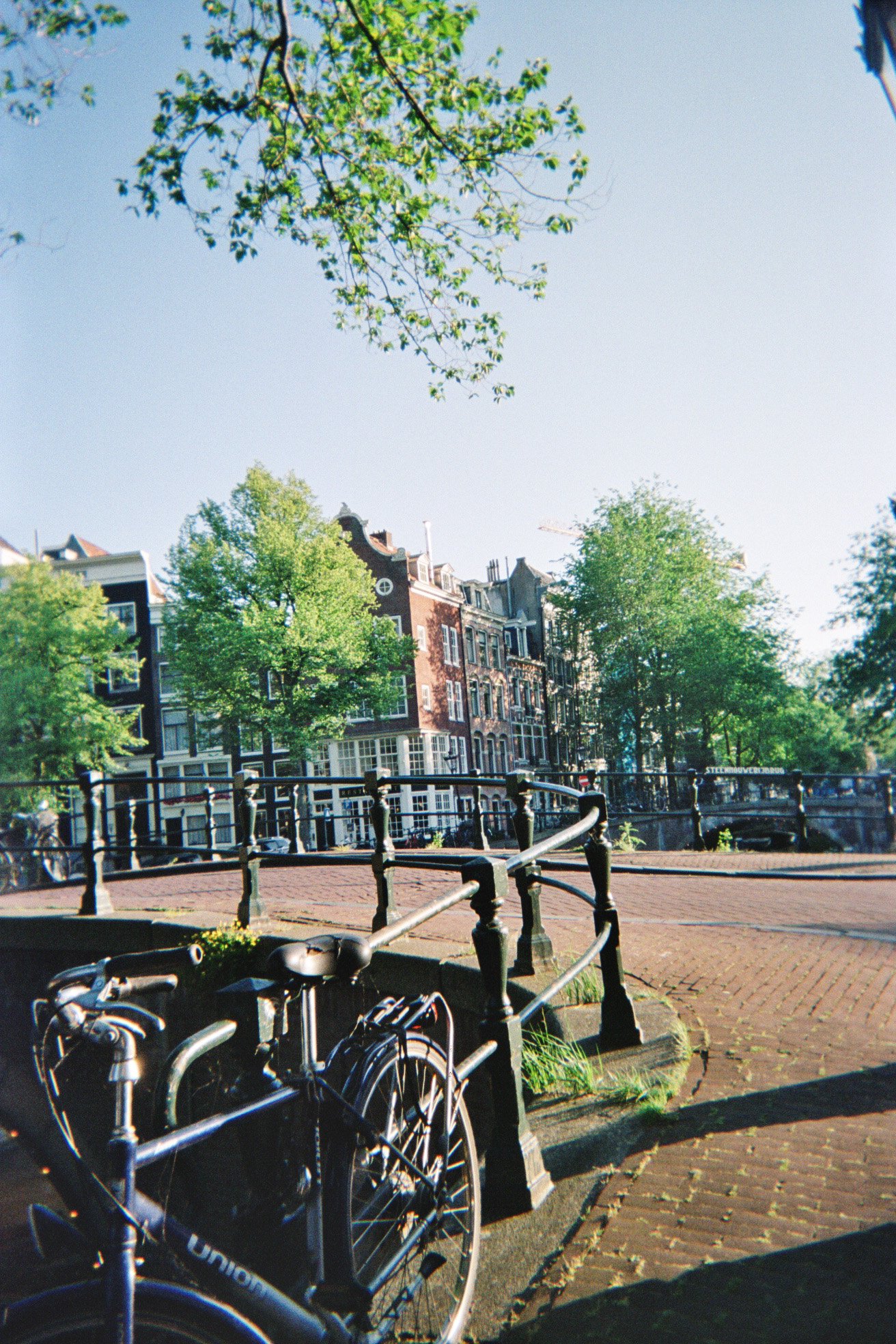Last Summer, I travelled to Amsterdam with the intention of learning about Doughnut Economics, an economic model prioritizing social and ecological well-being. However, in seeking to understand the factors of this framework, I discovered an alternative indicator to define this city’s social progress: bikes.
Despite having an incredibly challenging time keeping up with the Dutch—with no choice but to adapt to my too-tall bike and unfamiliar back pedal breaks, these bikes were integral to my experience for reasons more than one.
In Amsterdam, cyclists run the city. Cars and people yield to anyone riding a two-wheeled vehicle. Driving in the city is also extremely infuriating; you’ll make little to no progress as you’re constantly stalled by other commuters that are granted the right of way.
This bike culture, however, is symbolic of Amsterdam’s cultural norms, where both social and environmental sustainability are embedded into the city. Not only do bikes as the dominant form of transportation significantly minimize emissions, but a broader implication of this practice is also the impact it has on social progress and equity.
Walking around the city, I observed the lack of variance among the design or models of the bikes. Many have been coated with a layer of rust, revealing the age and wear of the bikes. This is in contrast to the United States, where one’s “success” is often tied to the value of one’s prized possessions—namely, the automobile.
In Amsterdam, bikes serve as an equalizer; their relative uniformity obscures any visible inequalities between communities. While this is not a solution to existing disparities, it contributes to the leveling of people. Rather than defining people based on material wealth, this basic form of transport eliminates class division based on the flashiness of objects that you possess.
One of my most memorable moments in Amsterdam involves watching in awe as a lady casually biked past with a suitcase, speeding by as if it was an extension of her body. Similarly, when collecting food from a supermarket warehouse for a food market at de Kaskantine, we didn’t use a truck or container vehicle to store the produce. Instead, one volunteer attached a refrigerated trolley to his electric bike so that he could transport food as the Dutch do.
The people of Amsterdam have successfully built their lives around bikes, demonstrating culture's adaptability when presented as the norm. This shapes the experiences of individuals beginning from a young age, where children are able to develop a sense of independence by actively commuting on their own. And girls can commute without fretting about their safety.
There is a concept in urban planning known as “eyes on the street”, which suggests that neighbourhoods feel safer when residents' and shopkeepers’ eyes are drawn to the urban spaces around them. The low-rise buildings in Amsterdam, paired with the active movement of cyclists, allow for safer streets as well as a more engaged community.
When your roads are filled with people in cars, each family or individual is isolated within a bubble of bypassers. When your roads are paved with pedestrian paths and bike lanes, you create an environment conducive to community and friends.
Last Summer, I travelled to Amsterdam to understand how Doughnut Economics can enhance environmental and social sustainability. After spending three weeks investigating this topic, my greatest takeaways emerged not from conducting interviews or attending events, but from living alongside the Dutch. I realized that a transformative economy must begin with collective, cultural shifts. And that can begin with something as simple as bikes.

